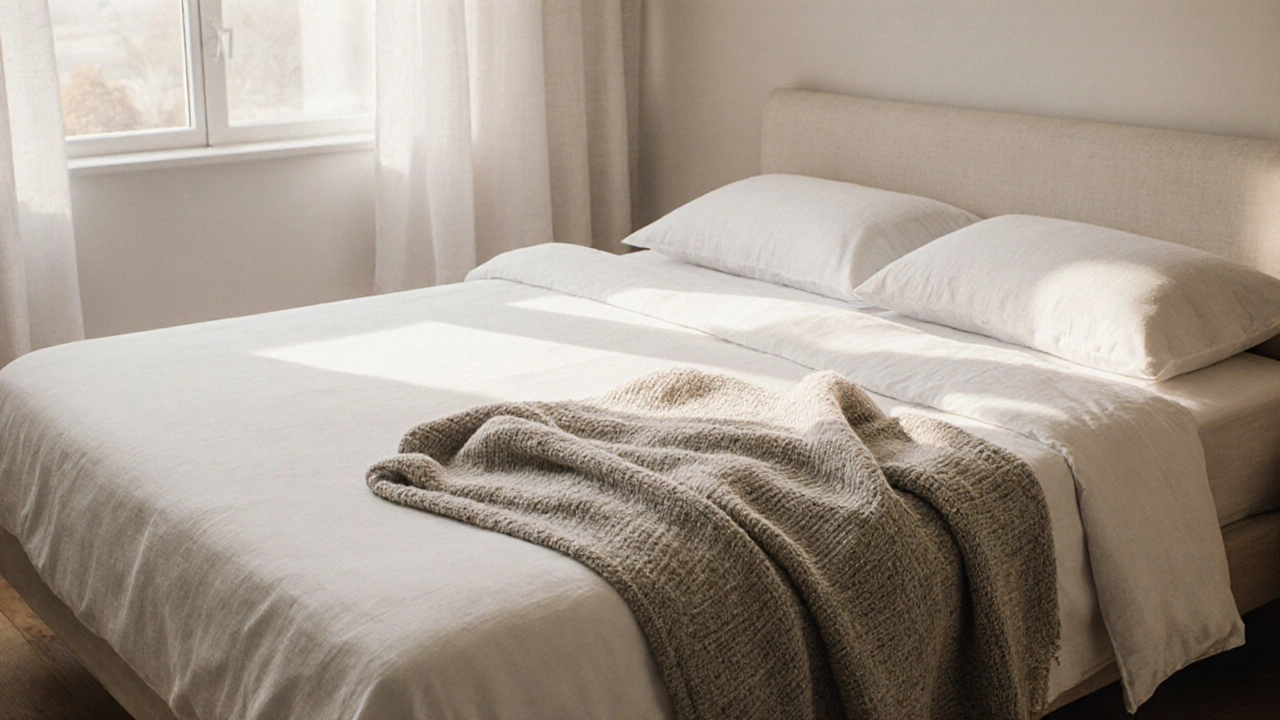Bed Set Essentials: What to Look For and How to Choose
A bed set, a coordinated collection of bedding items designed to fit a mattress and create a finished look. Also known as bedding set, it typically includes a fitted sheet, flat sheet, pillowcases, and sometimes a duvet cover or shams. This isn’t just about looks—it’s the foundation of a good night’s sleep. Many people buy a bed set because it’s convenient, but not all sets are made the same. The difference between a set that lasts five years and one that pilling after six months comes down to fabric, thread count, and how it’s stitched—not just the price tag.
What’s actually inside a bed set matters more than the brand name. A good mattress, the main support layer you sleep on needs to be paired with sheets that breathe and hold up to washing. Cotton is the most common choice, but not all cotton is equal. Look for long-staple cotton like Egyptian or Pima—it’s softer and stronger. Thread count? Don’t get fooled by numbers over 600. Above that, manufacturers often twist multiple thin threads together to inflate the number. Real quality starts at 200-400. And if you’re hot at night, skip synthetic blends. Linens made from natural fibers keep you cooler and wick away moisture better.
Your pillow set, the pair of pillowcases that come with your bedding might seem like an afterthought, but it’s part of the whole system. Pillowcases should match the sheet fabric so they wear evenly. If you’re using memory foam pillows, make sure the pillowcases have a deep pocket to fit snugly. And don’t forget the linens, the fabric layers that touch your skin every night. These are the only things between you and your mattress. They need to feel good, wash well, and not shrink or fade after a few cycles.
People often buy a bed set because it looks nice in the store or online. But what happens after you bring it home? Does it still feel soft? Does the fitted sheet stay put? Do the pillowcases get tangled in the wash? These are the real tests. The best bed sets don’t just look polished—they’re built to handle daily use without falling apart. And if you’re upgrading from cheap polyester, you’ll notice the difference right away: less static, less irritation, and more comfort.
There’s no one-size-fits-all bed set. If you sleep on your side, you might prefer softer sheets. Back sleepers often like crisper cotton. If you have sensitive skin, look for Oeko-Tex certified fabrics. And if you live in a humid climate, skip flannel—even if it’s on sale. The right set adapts to your life, not the other way around.
Below, you’ll find real advice from people who’ve been through the trial and error of buying bedding. From what to avoid at big-box stores to how to stretch your budget without sacrificing quality, these posts cut through the noise. No fluff. Just what works.
Bedding isn't just blankets-it's sheets, pillowcases, duvet covers, and more. Learn what actually makes up bedding and why skipping the basics hurts your sleep.
Oct, 30 2025
